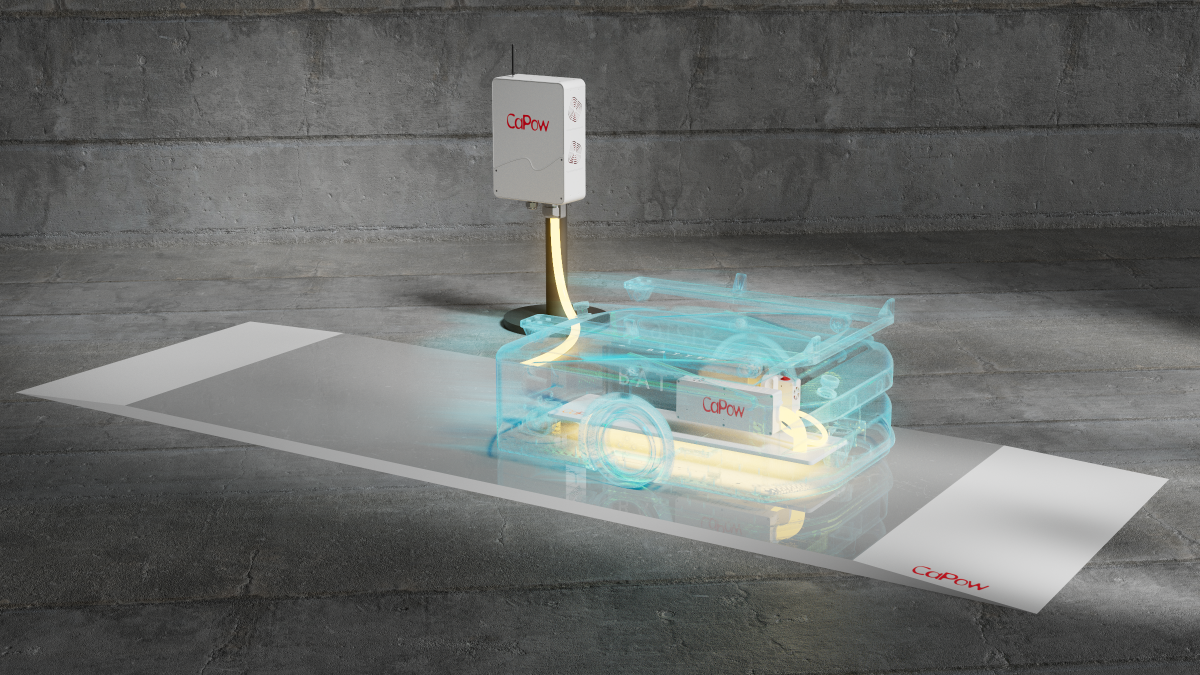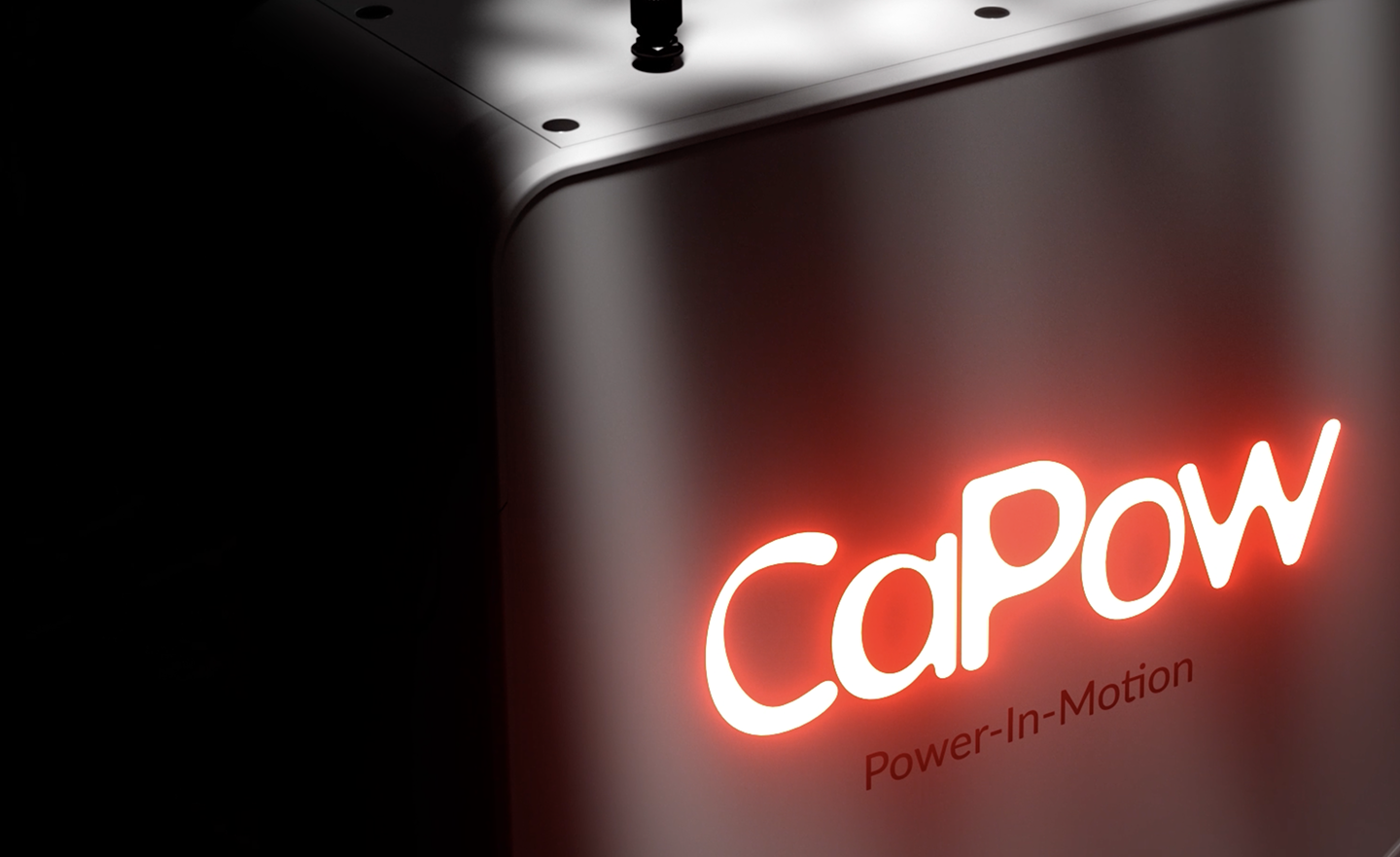The Overlooked Constraint in Warehouse Automation
For years, warehouse automation has been framed as the answer to labor shortages. The logic was straightforward: not enough workers, so bring in more robots.
But automation was never meant to be the bottleneck. And yet, energy management remains one of the most underestimated challenges in optimizing Goods-to-Person (G2P) workflows.
According to industry research, robots in automated warehouses spend 15-20% of their operational time idle due to recharging needs. While this downtime is well-documented, its full impact on warehouse operations- especially on fulfillment speed and efficiency- deserves deeper scrutiny.
The central question: What happens when robots are unavailable due to energy constraints?
The Role of Charging in G2P Inefficiencies
The success of a G2P system is often measured by how seamlessly robots and workers interact to move goods through fulfillment workflows. However, traditional static charging models introduce unavoidable inefficiencies:
- Charging Stations Consume Valuable Real Estate – In some operations, 1 charging station is required for every 8-10 robots, leading to lost storage space (LogisticsIQ, 2023).
- Fleet Inflation to Offset Downtime – Many warehouses compensate for charging delays by purchasing 15-20% more robots than necessary, increasing CAPEX and maintenance costs (McKinsey & Company, 2023).
This raises an important consideration: If robots are not available due to charging, how does this impact the overall efficiency of G2P workflows?
While direct data quantifying the effect on human workers is limited, studies confirm that robot downtime reduces warehouse throughput, impacting fulfillment speeds and operational efficiency. It is reasonable to question whether these delays create unintended idle time for workers who rely on automation to keep processes moving.
Shifting the Focus: Energy as a Built-In Process
Rather than treating energy as an external necessity- requiring robots to stop, charge, and return- what if power was embedded directly into warehouse workflows?
A Power-in-Motion approach transforms energy delivery into an integrated, in-motion process, rather than an external bottleneck. Instead of directing robots away from workflows for charging, energy is delivered seamlessly within the operational flow.
How Power-in-Motion Optimizes G2P Efficiency:
✔ In-Motion Energy Transfer – Robots receive power while moving, eliminating static charge cycles.
✔ Under-Shelf Integration – Power delivery is built into shelving systems, using space efficiently without excavation costs.
✔ Reliable Power Without Environmental Disruptions – Unlike inductive or infrared solutions, capacitive power transfer is immune to misalignment, dirt, and interference.
By eliminating static charging downtime, warehouses can maximize robot utilization, streamline fulfillment cycles, and optimize space-without inflating fleet sizes.
Because the future of warehouse automation isn’t just about moving goods faster- it’s about ensuring that automation itself never slows down.
🔗 Discover how Power-in-Motion is redefining warehouse automation.
References:
- LogisticsIQ: Warehouse Automation Market Report
🔗 https://www.logisticsiq.com/research/warehouse-automation-market/ - McKinsey & Company: The Next Normal in Warehousing
🔗 https://www.mckinsey.com/industries/operations/our-insights/the-next-normal-in-warehousing-how-disruptive-trends-are-reshaping-fulfillment - Research Nester: Warehouse Automation Market Report
🔗 https://www.researchnester.com/reports/warehouse-automation-market/3501 - Image by wavebreakmedia_micro on Freepik



